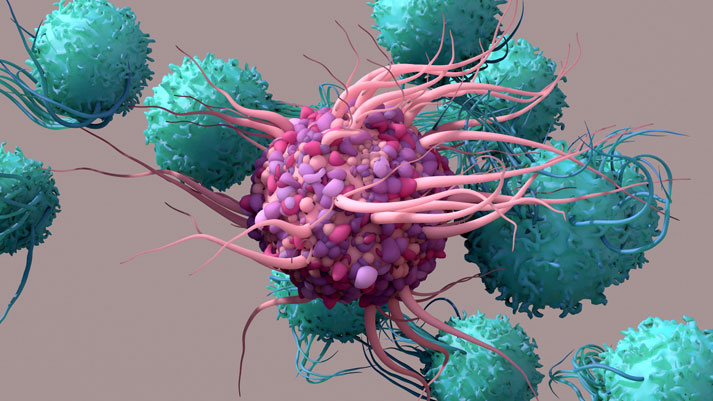The human immune system is a complex and intricate network of cells, tissues, and organs that work together to protect the body from harmful pathogens and foreign invaders. At the forefront of this defense mechanism are dendritic cells, a specialized category of immune cells that play a crucial role in orchestrating the body’s immune responses.
Dendritic cells are primarily located in tissues that are in direct contact with the external environment, such as the skin, mucosal surfaces, and inner linings of organs. Their strategic placement allows them to efficiently capture and process antigens – substances capable of triggering an immune response. Through a process called phagocytosis, dendritic cells engulf and ingest antigens, breaking them down into smaller fragments that are then presented on the cell’s surface using specialized molecules called major histocompatibility complex (MHC) molecules. This process, known as antigen presentation, is essential for activating other immune cells, particularly T cells, which are key players in adaptive immunity.
One of the unique features of dendritic cells is their ability to bridge the gap between the innate and adaptive immune responses. While most immune cells are part of either the innate or adaptive immune system, dendritic cells serve as mediators between these two systems, linking the initial recognition of harmful substances by the innate immune system with the specific, tailored responses mounted by the adaptive immune system.
Plasmacytoid dendritic cells (pDCs), a distinct subset of dendritic cells, play a critical role in bridging the innate and adaptive immune responses. Upon encountering external stimuli, pDCs rapidly produce and release type I interferons, such as interferon-alpha (IFN-α), which activate natural killer (NK) cells and prime immune cells central to adaptive immunity, including T cells and B cells. This coordinated response is essential for mounting an effective immune defense against specific pathogens.
Recognizing the vital role of pDCs in immune function, researchers at Kirin identified a strain of lactic acid bacteria, Lactococcus lactis strain Plasma (LC-Plasma), capable of stimulating pDC activity. This strain was then developed into a postbiotic product called IMMUSE®, which has been clinically shown to activate pDCs and enhance immune responses.
IMMUSE® postbiotic offers comprehensive immune support by activating pDCs and priming immune cells for a strategic defense against pathogens. Clinical trials have demonstrated the efficacy of IMMUSE® in boosting immune function and supporting overall health.
In conclusion, dendritic cells, especially pDCs, are powerhouses in orchestrating the body’s immune responses. By activating pDCs with innovative products like IMMUSE®, we can enhance our immune defenses and safeguard our health against various threats. Embracing the role of dendritic cells in immune function can pave the way for advanced immune support and overall well-being.
The Importance of Retaining the Original HTML Structure for WordPress
Why is HTML Structure Important?
When it comes to creating content for WordPress, the HTML structure of your website plays a crucial role in both user experience and search engine optimization. The way your content is organized and presented can impact how easily users can navigate your site, as well as how search engines index and rank your pages.
Preserving Headings for Clarity
Headings, such as h1, h2, and h3 tags, are essential for organizing your content and making it easy for readers to scan and understand. By retaining the original HTML structure of your content, you can ensure that your headings are properly formatted and styled, helping to guide readers through your content and improve readability.
Optimizing for SEO
Search engines rely on the HTML structure of your website to understand the context and relevance of your content. By using headings and other HTML elements correctly, you can help search engines better understand the topics covered on your site and improve your chances of ranking higher in search results.
Integrating with WordPress
WordPress is a popular content management system that allows you to easily create and manage your website. By retaining the original HTML structure of your content, you can ensure that it integrates smoothly with WordPress and displays correctly on all devices.
Additionally, by preserving the original HTML structure, you can take advantage of WordPress’s built-in SEO features, such as meta tags and permalinks, to further optimize your content for search engines.
Conclusion
Retaining the original HTML structure of your content is essential for creating a user-friendly and SEO-friendly website. By using headings and other HTML elements correctly, you can improve readability, enhance navigation, and increase your chances of ranking higher in search results.
When creating content for WordPress, be sure to preserve the original HTML structure to ensure the best possible user experience and SEO performance.


